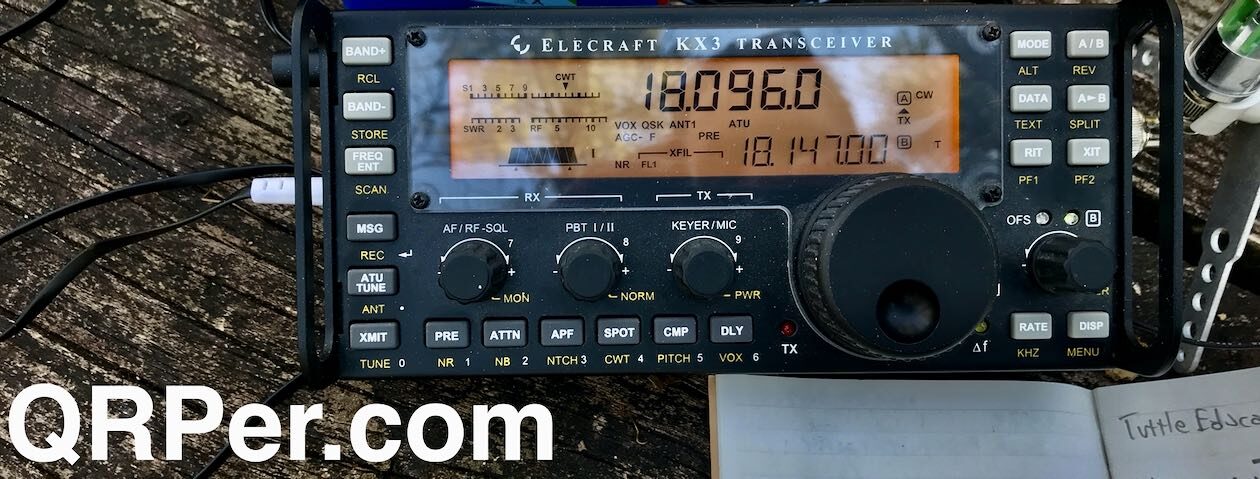Many thanks to Davey (KU9L) who shares a link to this news from John (WA3RN), owner, and designer of Penntek radios. John writes:
I have been considering for some time the future of the Penntek Instruments amateur radio products. This old man isn’t getting any younger and is in fact beginning to get tired. With the current production run of the TR-45L QRP transceiver getting close to being complete, I decided that this is a good time to finally retire at 77 years of age and maybe catch a breath. I have therefore chosen not to order parts for another run of these radios. As of late-March 2024, in-house parts remain for about 45 of the standard TR-45L units and about 70 of the “Skinny” version. The remaining TR-35 parts will allow for an additional 65 units, either kits or built radios. As I heard on a radio commercial, “Once they’re gone, they’re gone”. After these remaining radios are sold, I will remain available for repair and service of the Penntek transceivers. Thanks to all those who have purchased and enjoyed WA3RNC products over the years…
It’s no secret that I’m a big fan of Penntek transceivers, so this is sad news. But, I am also very happy for John to make this decision about retiring.
That said, if you’ve been on the fence about buying a TR-45L, TR-45L Skinny, or TR-35, I suggest you do so while John has new units!
These are brilliant radios with excellent audio characteristics, robust front-ends, and some of the best ergonomics you’ll find out there. Keying is smooth and provides proper QSK.
Plus, I think they’re one of the best-looking radios on the market (the TR-45L series especially).
Since all of the Penntek radios started out life as kits, they’re also easy to open and modify/repair.
I don’t have a crystal ball, but I’m willing to bet that once John’s inventory has been depleted, these radios will hold their own on the used market much like other beloved radio models (I’m thinking specifically of the KX1 and MTR-3B). It’ll be interesting to see where used pricing is in, say, 2026.
Again, if you’ve been on the fence, now is the time to make a decision, in my opinion. It looks like John will continue to provide support after his retirement, which is great news as well.
Here’s wishing John all the best in his retirement! Thanks for creating radios that bring so much QRP joy!




























